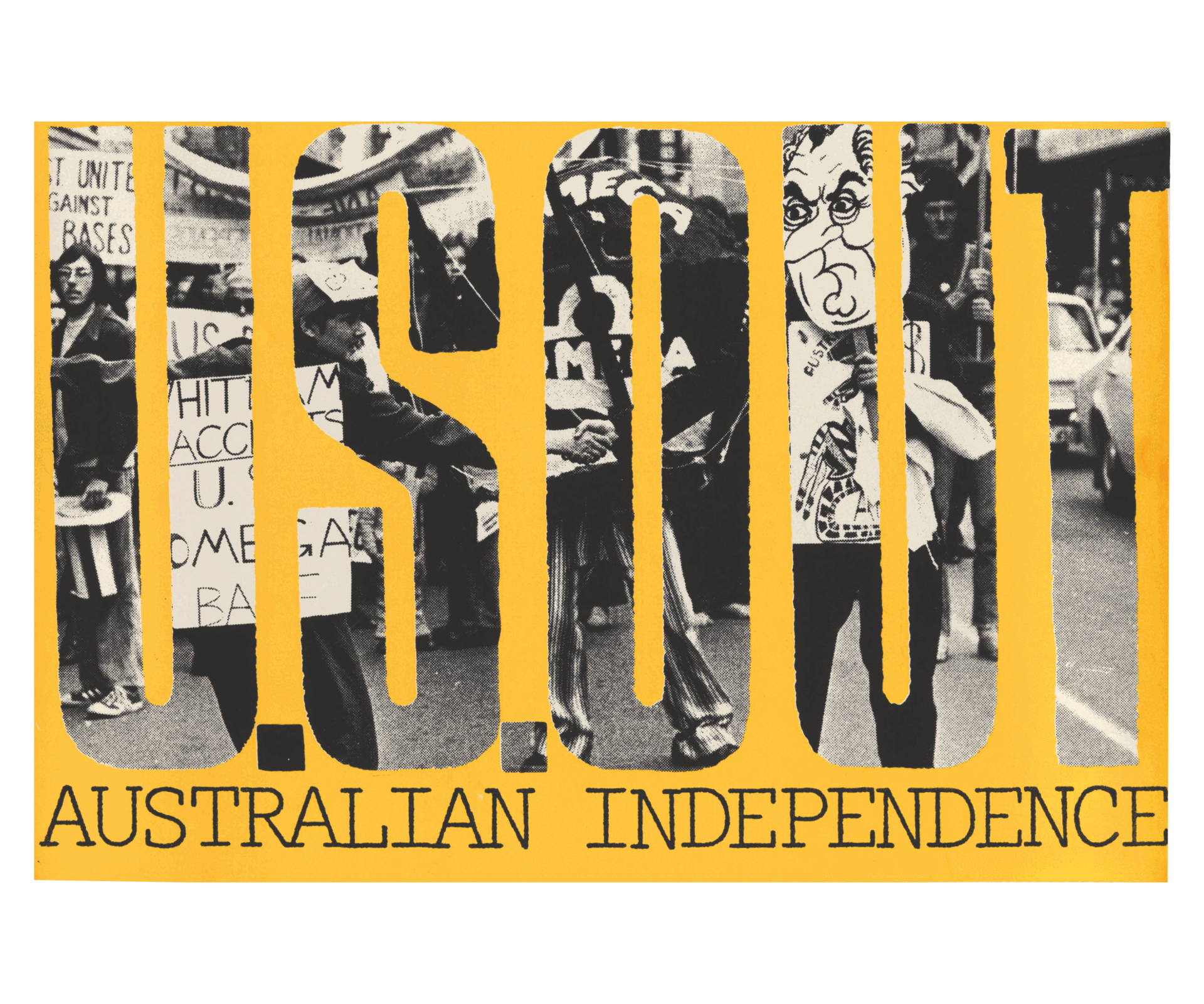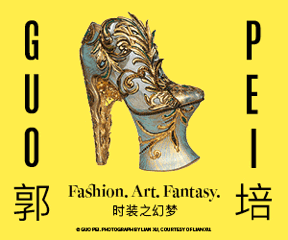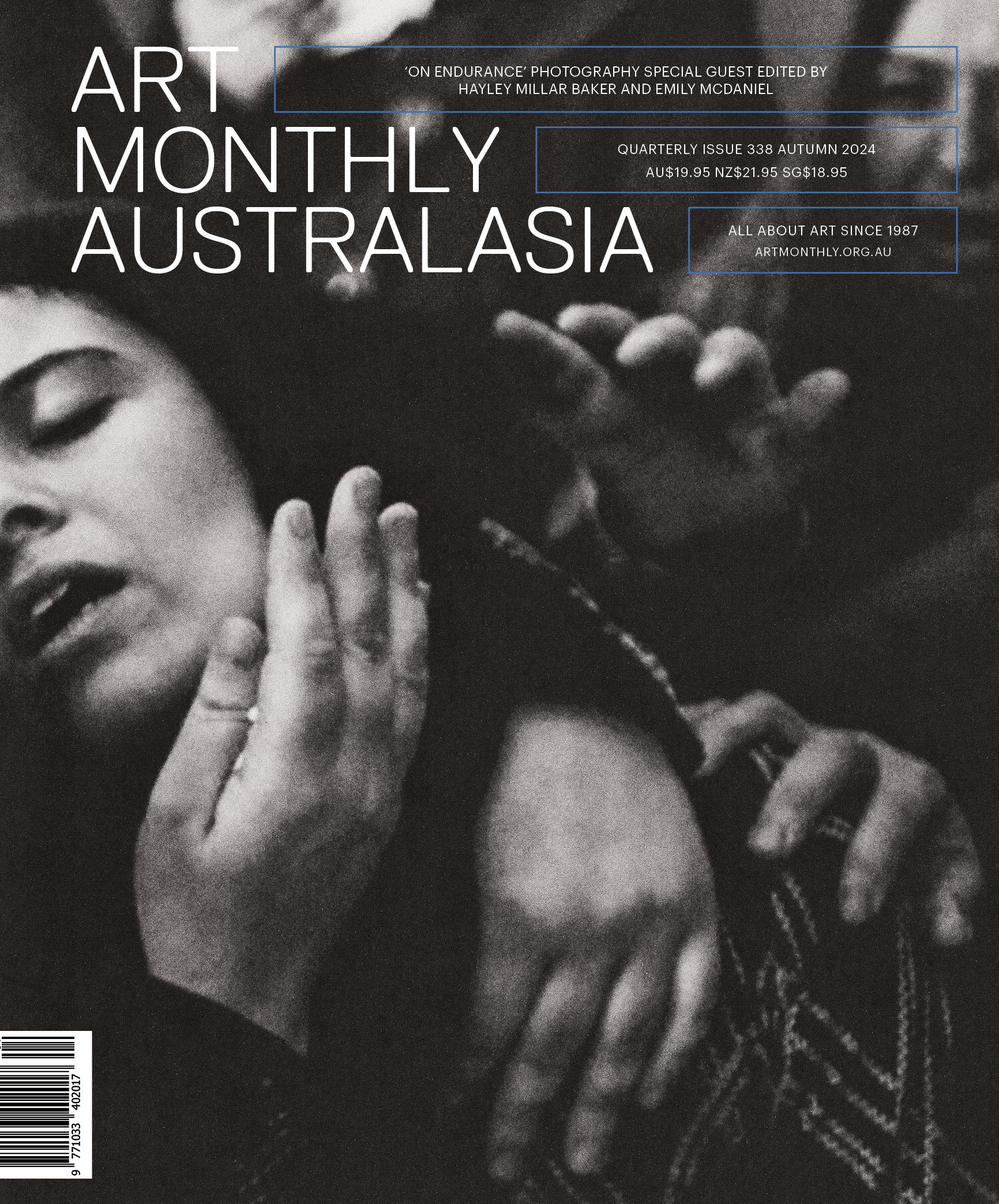Through the looking glass: Pipilotti Rist at the MCA
/Pipilotti Rist, Das Zimmer (The Room), 1994/2017, installation view, ‘Pipilotti Rist: Sip my Ocean’, Museum of Contemporary Art Australia, Sydney, 2017; image courtesy the artist, Hauser & Wirth and Luhring Augustine; © the artist; photo: Daniel Boud
Most have felt the inadequacy of trying to describe a dream following the experience of dreaming itself. Video artist Pipilotti Rist masterfully explores these sensations of existence that lie beneath the linguistic surface. In the exhibition ‘Sip my Ocean’ (at Sydney’s Museum of Contemporary Art Australia until 18 February), curator Natasha Bullock has ‘choreographed’ Rist’s works to evoke the sensation of moving between experiences that appear discrete yet connected by subconscious threads. Moving through shifting scales, materials and viewing angles of Rist’s screens, viewers’ bodies become like Alice drinking her various potions – one minute immersed as protagonists in total worlds, the next looming over tiny dioramas. This effect is taken to extremes in the gallery-sized, apartment-like installation Your Room Opposite the Opera (2017), in which furniture, decorative and domestic objects used as screens become vessels of evocation.
Rist disrupts the hyper-familiar viewing mode where images are contained within a clearly delineated screen sitting on a wall or in our hands. While the once-ubiquitous presence of the boxy TV in the domestic lounge room is an important keystone in Rist’s practice, and is the focus of her oversized sofa work Das Zimmer (The Room) (1994/2017), the exhibition showcases an evolution from monitor to environment that took place gradually in the artist’s work since the 1990s, paralleling technological development. The fluidity of light within the medium is treated as akin to painting, with image edges that are literally blurred or non-geometric.
In the two-channel 1997 work Ever is Over All (recently and famously referenced by Beyoncé), the young female protagonist skips along in a Disney-esque powder-blue chiffon dress and red-sequinned shoes, smashing car windows with an iron poker flower to the smiling affirmation of a passing cop. On the second screen, poker flowers wave in the breeze in situ. A folk rendition of the Chris Isaak song ‘Wicked Game’, overlaid with a voice of what sounds like a child screaming the lines ‘I don’t want to fall in love’, simultaneously soothes and jars. Employing this deft mix of poetry and humour, Rist hits us over the head with the poker flower with one hand, while caressing us with it with the other.
Chloé Wolifson, Sydney






























